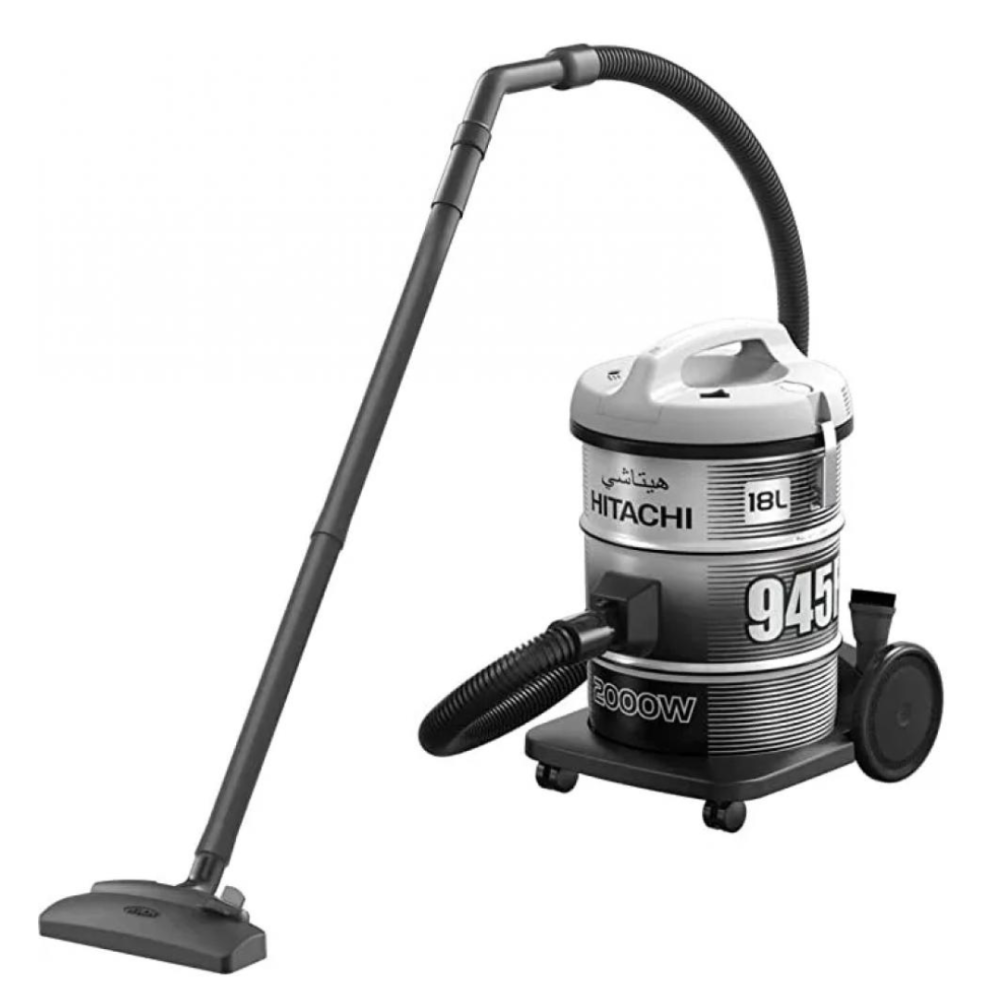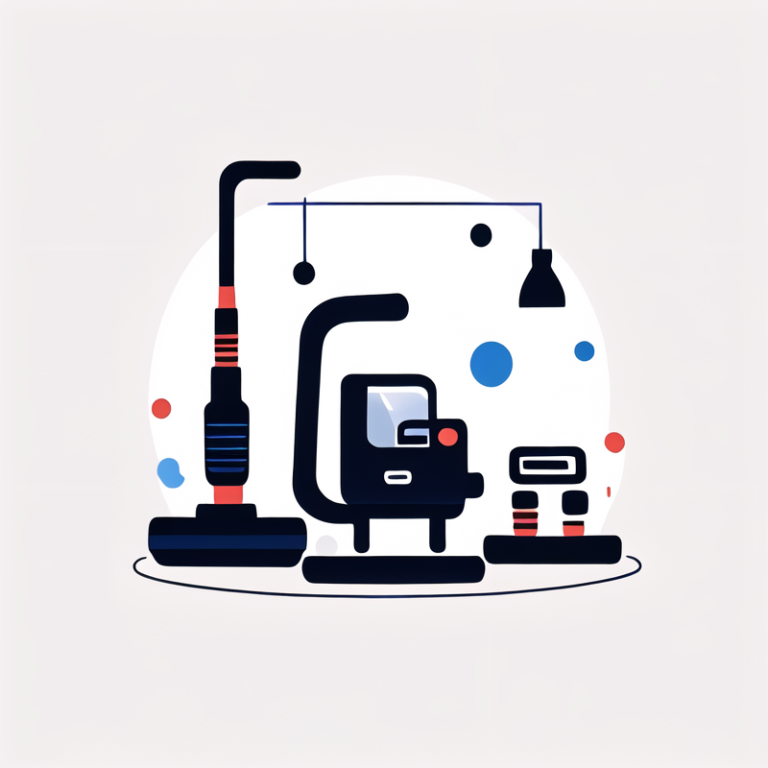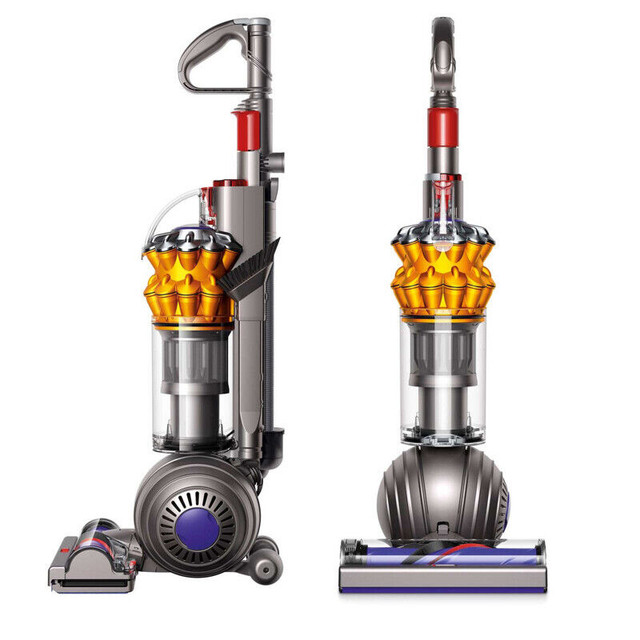The Importance of Recycling Old Vacuum Cleaners
How to recycle a vacuum cleaner? Recycling old vacuum cleaners is vital for several reasons. First, it conserves resources. Vacuum cleaners contain valuable materials like metals and plastics. By recycling, we ensure these materials don’t go to waste. Second, recycling reduces pollution. Old vacuum cleaners often contain hazardous substances. Proper recycling keeps these chemicals out of landfills. This, in turn, prevents soil and water contamination. Third, recycling also conserves energy. Manufacturing new products from raw materials uses a lot of energy. Recycling cuts down that need. It uses less energy to make products from recycled materials.

Moreover, it helps to combat the growing problem of E-waste. E-waste includes discarded electronic appliances. It’s one of the fastest-growing waste streams in the world. By recycling our old vacuum cleaners, we help reduce this waste pile. At the same time, we support the recycling industry. This industry creates jobs and drives innovation in waste management. Lastly, recycling is a way to show environmental responsibility. It’s a simple act with a big impact. It sets a positive example for others to follow.
Recycling your vacuum cleaner helps the planet in many ways. It’s clear that when we recycle, we make a difference in resource conservation, pollution reduction, energy savings, and E-waste management. That’s why understanding how to recycle a vacuum cleaner is essential. It’s not just about decluttering our homes, but also protecting our environment.
Preparing Your Vacuum Cleaner for Recycling
Before you recycle a vacuum cleaner, prepare it properly to ensure safe and efficient recycling. Here are the steps to follow:
- Clean the vacuum cleaner. Remove dust bags or empty and wipe down the canister. This step helps to prevent any mess during the recycling process.
- Detach all parts. Take apart the vacuum cleaner and separate detachable components such as hoses, nozzles, and brushes. This step is essential for sorting materials later.
- Remove the battery and power cord. If your vacuum cleaner is cordless, safely remove the battery. For corded models, cut off the power cord. Handle batteries with care, they might need separate recycling.
- Check for recyclable materials. Identify parts made of metal or plastic. These are usually recyclable. Keep them apart from non-recyclable components.
- Consult the user manual. Look for any recycling tips or instructions from the manufacturer in the vacuum cleaner’s manual.
- Wipe down electronics. Use a cloth to clean the electronic components. This helps prevent dust build-up at the recycling center.
Each step is key when you figure out how to recycle a vacuum cleaner. Preparing your vacuum cleaner this way supports the recycling process. It makes sorting materials easier at the recycling center. With these preparations, you’ll help to ensure valuable parts don’t end up as waste. This effort aligns with the responsible disposal of E-waste and promotes a healthier environment.

Local Recycling Programs for Electronics
When considering how to recycle a vacuum cleaner, local recycling programs are a resourceful place to start. Many communities offer electronics recycling programs that gladly accept old vacuum cleaners and other e-waste. These programs are often sponsored by local governments or environmental organizations aiming to reduce landfill waste.
First, check with your city or county waste management department. They usually provide information on e-waste recycling events or permanent drop-off sites. It’s important to adhere to their guidelines for drop-offs to ensure proper recycling steps are followed and that materials are handled safely.
Retailers may also participate in recycling programs. Some stores offer take-back services for electronics, including vacuum cleaners. They ensure these items are recycled responsibly. Before going this route, call ahead to verify participation and understand the types of electronics accepted.
Schools and community centers sometimes host e-recycling drives as fundraisers or as part of environmental campaigns. These events are convenient for dropping off unwanted electronics and support local initiatives.
Always remember that by using these local electronics recycling programs, you are taking an active role in reducing e-waste. You’re ensuring that your old vacuum cleaner is disposed of in an eco-friendly manner, benefiting both the environment and your community.
Understanding E-Waste and Its Impact on the Environment
E-Waste refers to discarded electronic devices and appliances. Think of it as the electronic goods that we throw away. This includes items like old phones, computers, and of course, vacuum cleaners. When we talk about how to recycle a vacuum cleaner, we’re dealing with a small part of a much larger e-waste challenge.
The impact of e-waste on the environment is significant. If not disposed of properly, e-waste can leak harmful substances into the earth. This can pollute our soil and water. Hazardous materials like lead, mercury, and cadmium are common in electronics. These can pose health risks to people and wildlife.
Additionally, the sheer volume of e-waste is staggering. Globally, we produce millions of tons of it every year. Much of this waste ends up in landfills or is improperly recycled, causing more harm. By learning how to recycle a vacuum cleaner and other electronics, we actively combat this issue.
Furthermore, e-waste recycling conserves precious resources. Many electronic products contain valuable materials. Recycling recovers these materials. This prevents the need to extract new raw materials, saving energy and reducing our carbon footprint.
In summary, understanding the impact of e-waste is crucial. It motivates us to properly dispose of our electronic goods. We protect the planet and conserve resources for future generations when we do this. It’s less about getting rid of an old item and more about taking care of our environment.
Donation vs. Recycling: What to Consider
When you’re figuring out how to recycle a vacuum cleaner, you may also consider donating it. Donation can be a great choice if the vacuum cleaner is still working. But, there are things to consider before deciding between donation and recycling. Here’s what to keep in mind:
- Condition of the vacuum cleaner: If it’s in good working order, donation might be the best route. Non-profits and thrift stores often accept these items.
- Demand for the item: Check if there’s a need for vacuum cleaners in your community. Local shelters or charity organizations might welcome the donation.
- Environmental impact: Donation extends the life of a product, which can be better for the environment than recycling.
- Recycling resources: Some parts of a vacuum cleaner might not be in a state to donate. These should go to a recycling center instead.
- Time and convenience: Sometimes, finding a place to donate might take more time than recycling. Choose what works best for you.
Always clean and test the vacuum cleaner before donating. Make sure it’s safe to use and comes with all necessary parts. If you decide on recycling, follow the guidelines for preparing your vacuum cleaner for recycling. This ensures it will go through the proper channels. Be it donation or recycling, you’re contributing positively to reducing e-waste.
How to Find a Vacuum Cleaner Recycling Center Near You
When learning how to recycle a vacuum cleaner, location is key. It can be a bit of a challenge to find a recycling center that accepts electronics, but it’s a crucial step in responsible disposal. To make this task easier, here are some tips to help you locate a vacuum cleaner recycling center near you:
- Start with a search online. Use the internet to find nearby recycling facilities. Type keywords like “electronics recycling near me” or “vacuum cleaner recycling”. This should provide a list of potential sites.
- Contact local waste management. Reach out to your city or town’s waste management department. They can give you information on e-waste recycling centers or programs.
- Visit retailer websites. Some electronic stores offer recycling services. Check their websites or call to see if they will take your vacuum cleaner.
- Use environmental organization resources. Non-profits and ecological groups often know where to recycle electronics. They can direct you to the right places.
- Ask on community platforms. Local online forums and community groups on social media can be useful. Members might know specific spots for electronics recycling.
- Check for recycling events. Keep an eye out for e-waste collection events in your area. They are commonly organized by schools, municipalities, or environmental organizations.
- Look for manufacturer take-back programs. Some vacuum cleaner brands will take back old models for recycling. This is part of their commitment to sustainability.
Remember that the proximity of the recycling center plays a role in your decision. You might prefer one that’s close by for convenience. Be sure to check the center’s guidelines before dropping off your vacuum cleaner, as each may have specific requirements. Taking these steps not only simplifies the process but also ensures that you do your part in reducing e-waste effectively.
Manufacturer Take-Back Programs
When figuring out how to recycle a vacuum cleaner, manufacturer take-back programs are an excellent option. Many vacuum cleaner manufacturers are committed to sustainability and offer programs to take back old devices. Here’s a step-by-step guide to using these programs:
- Check the brand’s website. Look for information on their recycling policy.
- Contact customer service. They can guide you on how to return the product.
- Prepare the vacuum cleaner. Clean and detach parts, as per the preparation steps outlined earlier.
- Arrange for pickup or drop-off. Follow the manufacturer’s instructions for returning the vacuum cleaner.
- Ensure proper documentation. Keep any receipts or confirmation emails for your records.
Manufacturer take-back programs not only make recycling easy but also ensure your old vacuum cleaner is recycled correctly. These programs prevent harmful materials from entering the waste stream. By using them, you support the brand’s environmental efforts. Additionally, this can often be a free service, saving you disposal costs. Always consider these programs as a responsible way to dispose of your old vacuum cleaner.
Proper Disposal of Vacuum Cleaner Parts and Accessories
Proper disposal of your vacuum cleaner‘s parts and accessories is key when you learn how to recycle a vacuum cleaner. Each part may require different handling. Here’s how you can dispose of them correctly:
- Filter disposal. Replaceable filters are common in vacuum cleaners. Dispose of used ones in the trash unless they’re washable or marked as recyclable.
- Brushes and nozzles. If in good condition, these parts can often be recycled with plastics. If not, consider general waste.
- Hoses. These are a tricky part. Often made of plastic and metal, hoses may need special handling. Check with local recyclers.
- Dust bags. Paper dust bags go to regular trash, but it’s best to empty them first. Cloth bags may be washable and reusable.
- Batteries and power cords. Take batteries to a hazardous waste facility or a store that collects them. Cut off power cords and recycle them with electronics.
- Attachments and accessories. Assess each for material type. If it’s metal or plastic, recycle it. If it’s damaged beyond use, it might have to go to waste.
Remember, when dealing with parts not clearly marked for recycling, ask at your local recycling center. They can guide you on the best way to handle each piece. Keep your recycling efforts effective and environmentally responsible by sorting and disposing of parts properly.



